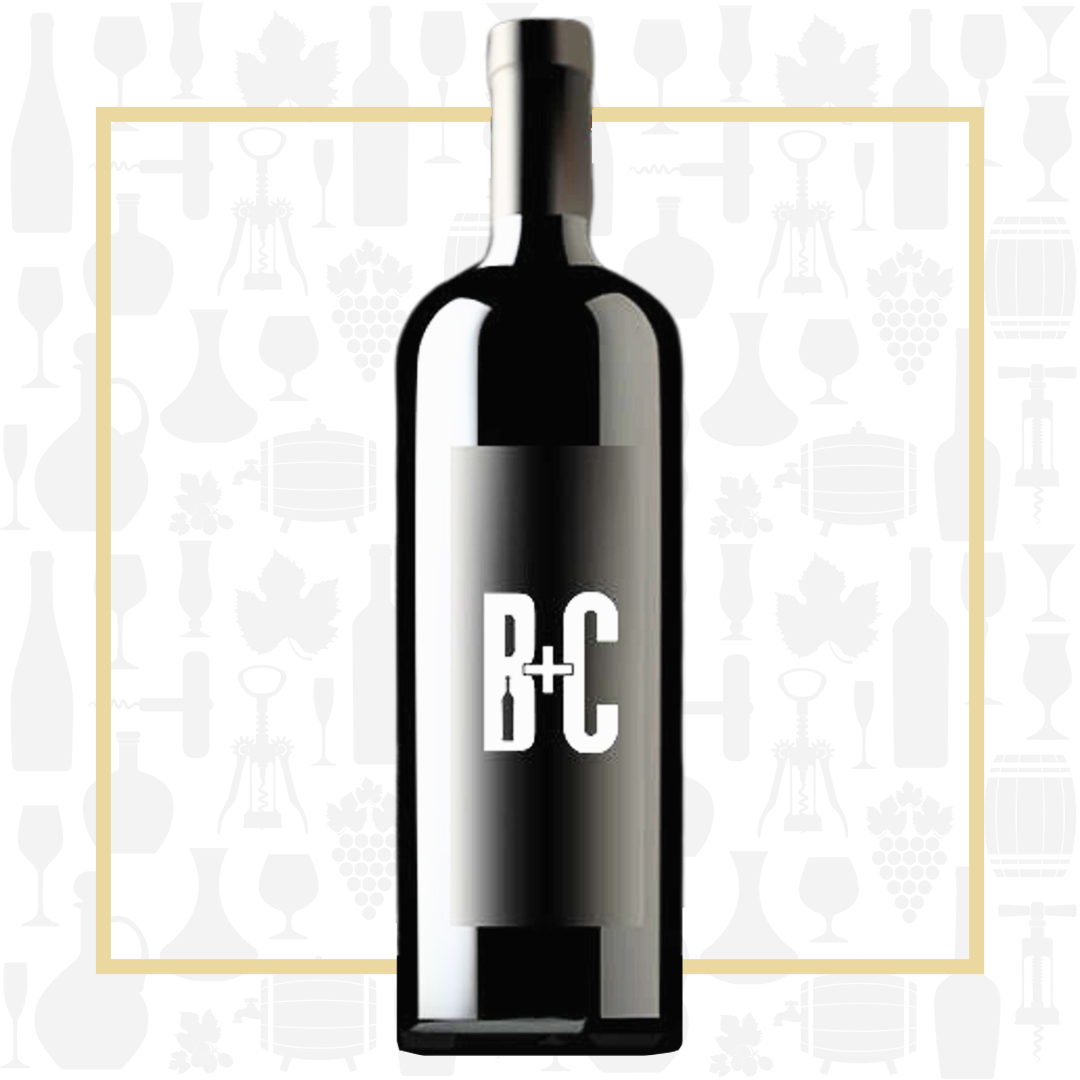Cellar Profile
In 1983, with a small truckload of borrowed fruit and a rented cellar, Rob Griffin and his wife Deborah Barnard established Barnard Griffin Winery. Since that time, it has become one of Washington’s most enduring and award-winning wineries. Nearly half of the wine produced comes from their estate vineyard, Caroway, while the remaining fruit is sourced from some of the best vineyards in Washington State. Since inception, Barnard Griffin has cultivated strong partnerships with vineyards and viticulturists throughout the Columbia Valley. These wines are distinctly Washington, with ample weight and expressive fruit, framed beautifully with elegant structure and terrific length.
Region
Columbia Valley was granted AVA status in 1984. Located on the eastern side of Washington, it is the largest AVA in the state, responsible for 99% of total wine production. With its dessert-like conditions (average annual rainfall is only 6-8 inches per year), irrigation is a necessity. The Columbia River, as well as snowmelt from the Cascade Mountains, supplies the region’s water for agriculture. Washington has an interesting dynamic between winemakers and grape growers in that they are often exclusively ‘Makers’ or ‘Growers’. Today, nearly 50% of Barnard Griffin’s fruit is grown on the estate.
Vineyard
A blend of grapes coming from 4 separate vineyards located throughout Columbia Valley: Vista (Columbia Valley); Caroway (Columbia Valley); Arete (Columbia Valley); and Crawford (Yakima Valley). Rob Griffin has been consulting and sourcing in these vineyards for decades and has selected each site specifically for the right levels of fruit and acidity.
Winemaking
Partially barrel-fermented in French oak, with the remainder in stainless steel. The wine is then put in a combination of new and used French oak for 14 months aging sur lie.
Varieties
Chardonnay is the world’s most famous white-wine grape and also one of the most widely planted, with the most highly regarded expressions of the variety coming from Burgundy and California. Climate plays a major role in dictating which fruit flavours a Chardonnay will have. Broadly speaking, warm regions such as California tend to give more tropical styles. While many Chardonnays have high aromatic complexity, this is usually due to winemaking techniques (particularly the use of oak) rather than the variety’s intrinsic qualities. Malolactic fermentation gives distinctive buttery aromas. Fermentation and/or maturation in oak barrels contributes notes of vanilla, smoke and hints of sweet spices such as clove and cinnamon. Extended lees contact while in barrel imparts biscuity, doughy flavours.
Tasting Notes
Fresh and deft on the palate, this is a far cry from the “butter bombs” or overly-oaked American Chardonnay that dominated the shelves for too long. There’s definitely some oak, with that telltale vanilla and baking spice scent mingling with ripe apple, peach and apricot. On the palate, it is medium weight, with lip smacking acidity. The apple and peach continue, along with drier, citrusy elements. Partial malolactic fermentation and lees contact has given some creaminess to the wine, particularly on the finish. Pair with pasta primavera, Caesar salad or Chicken à la King.

